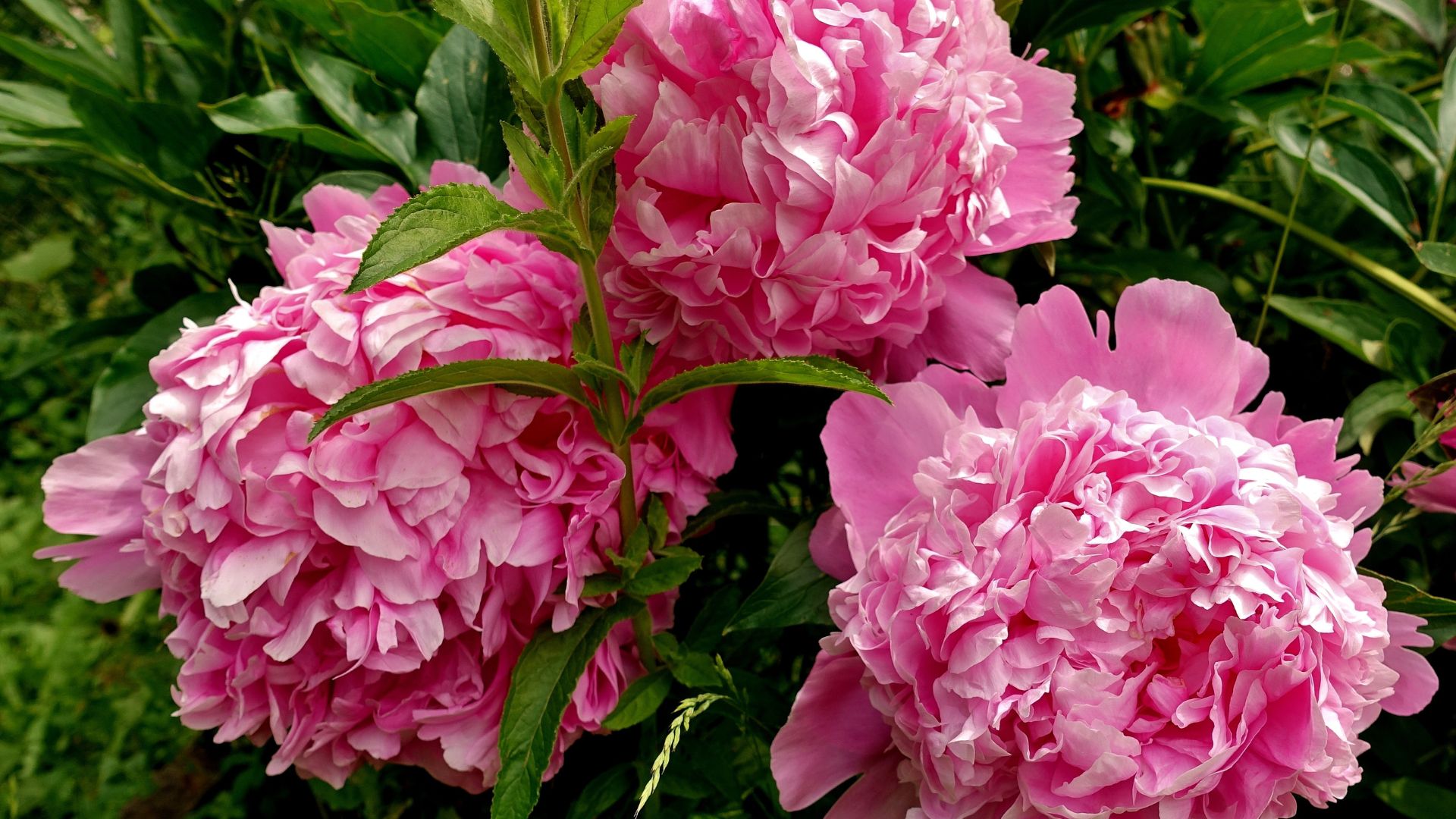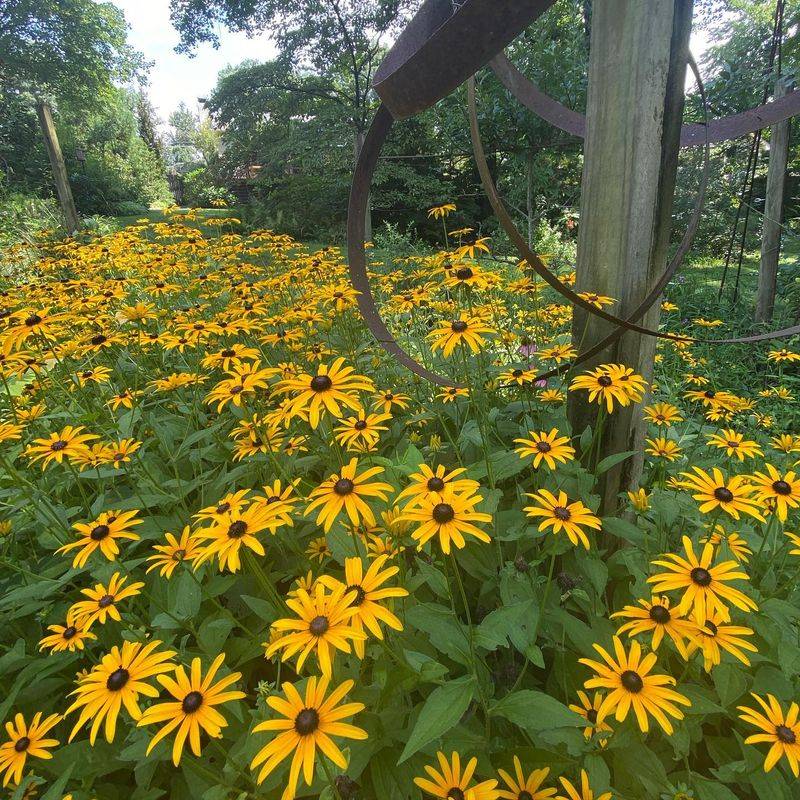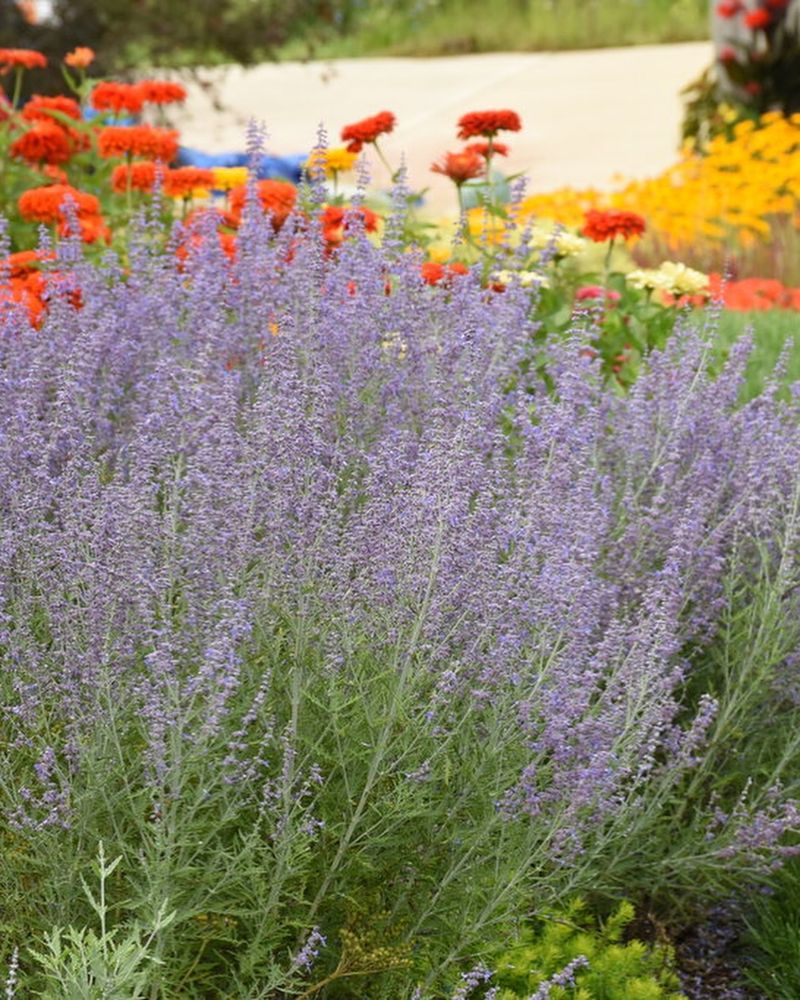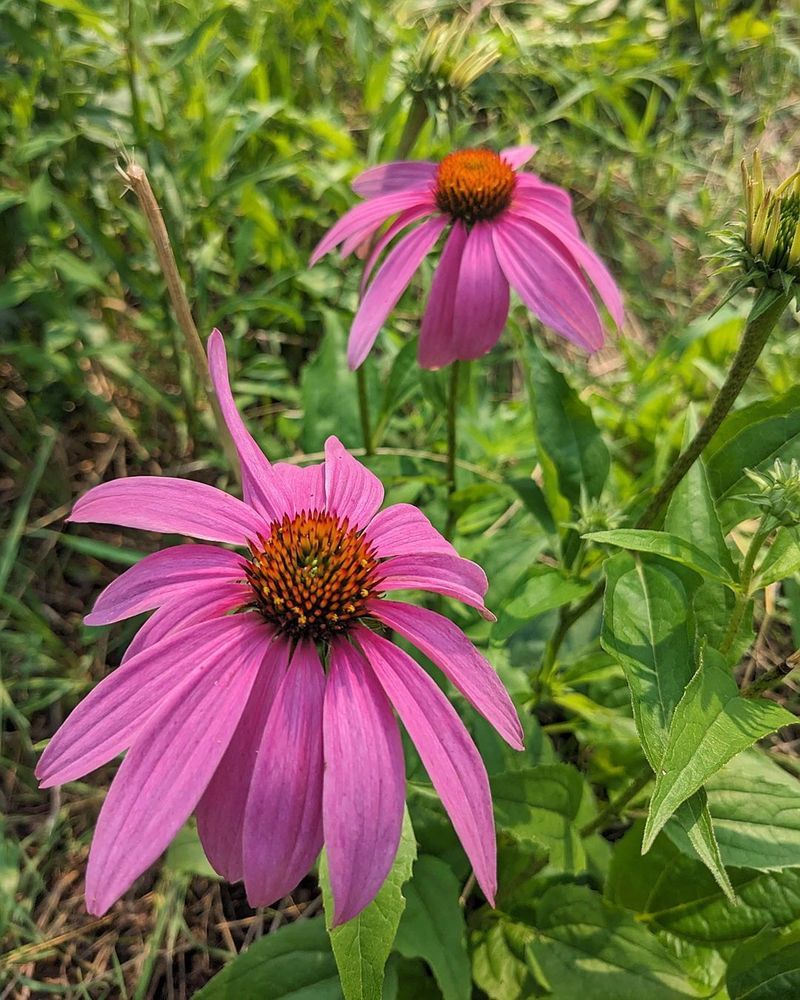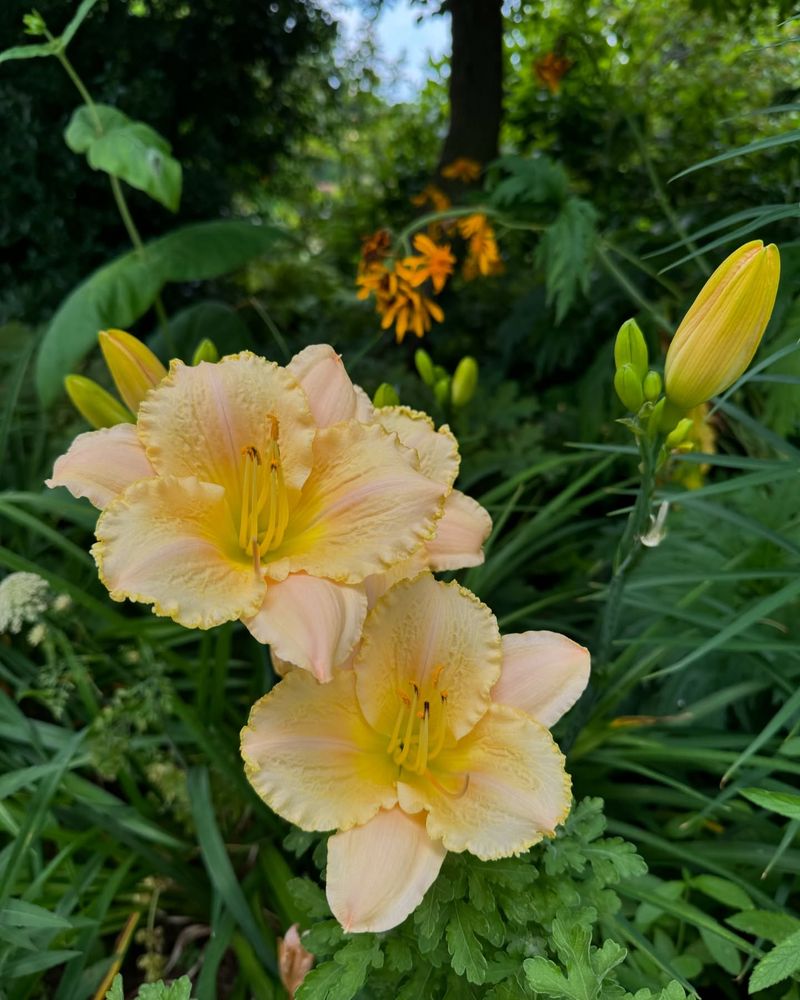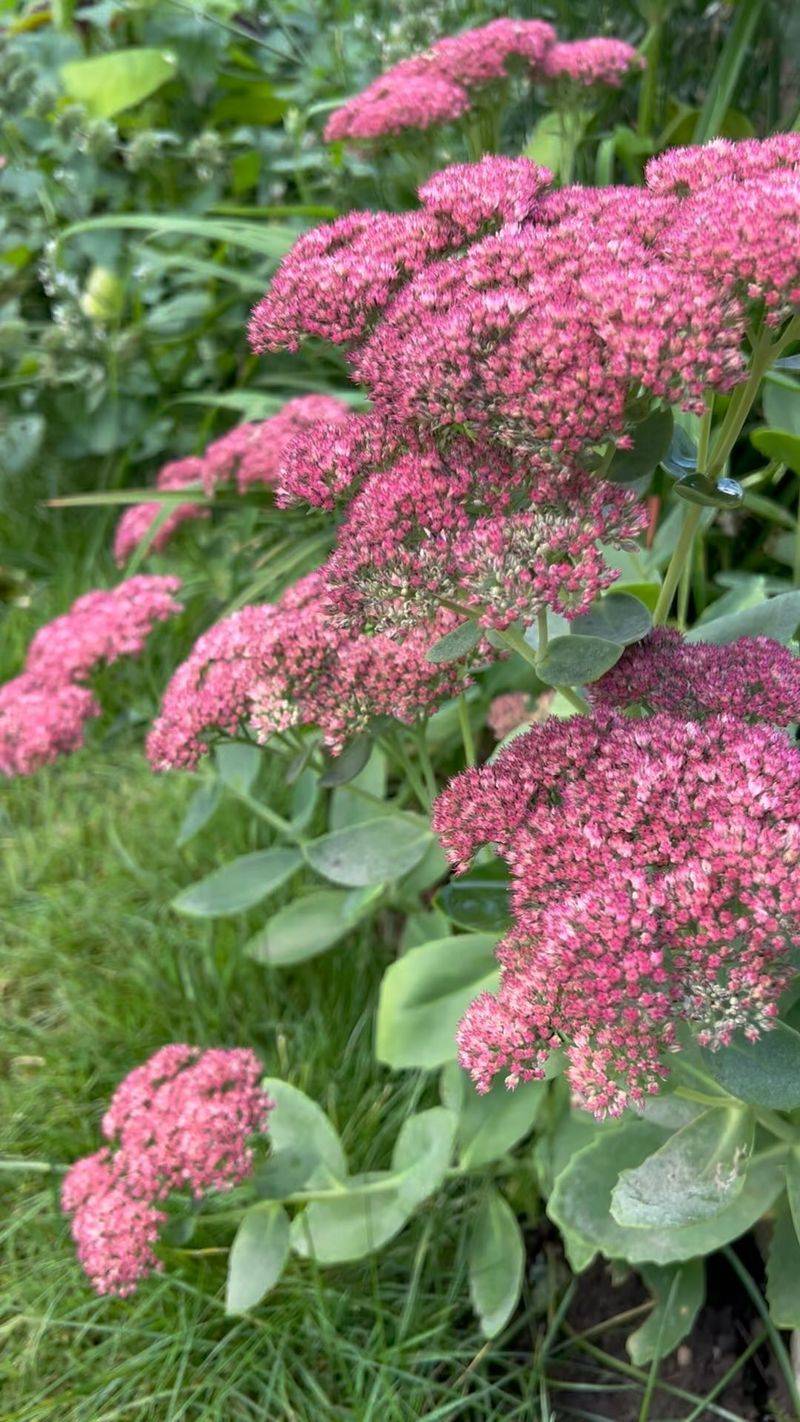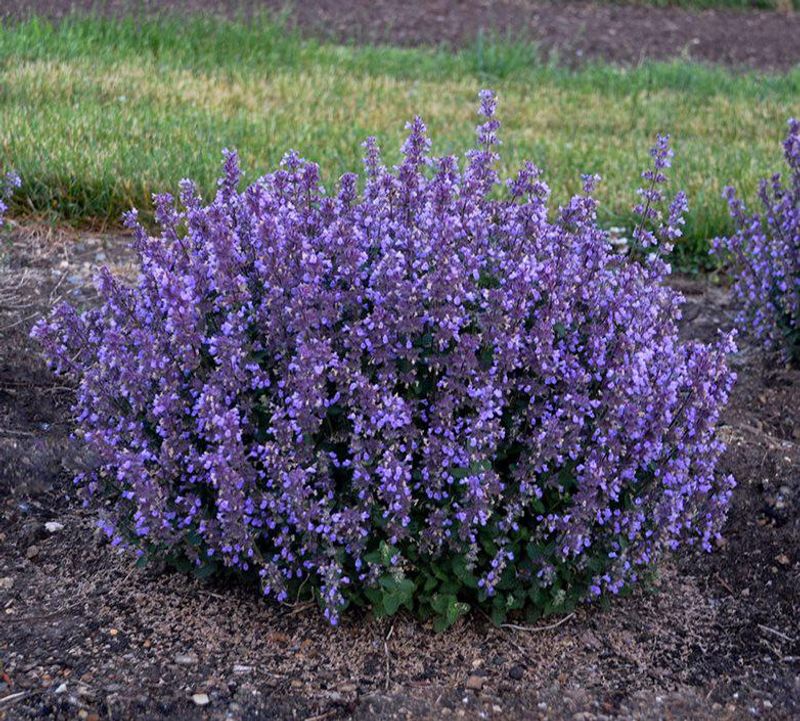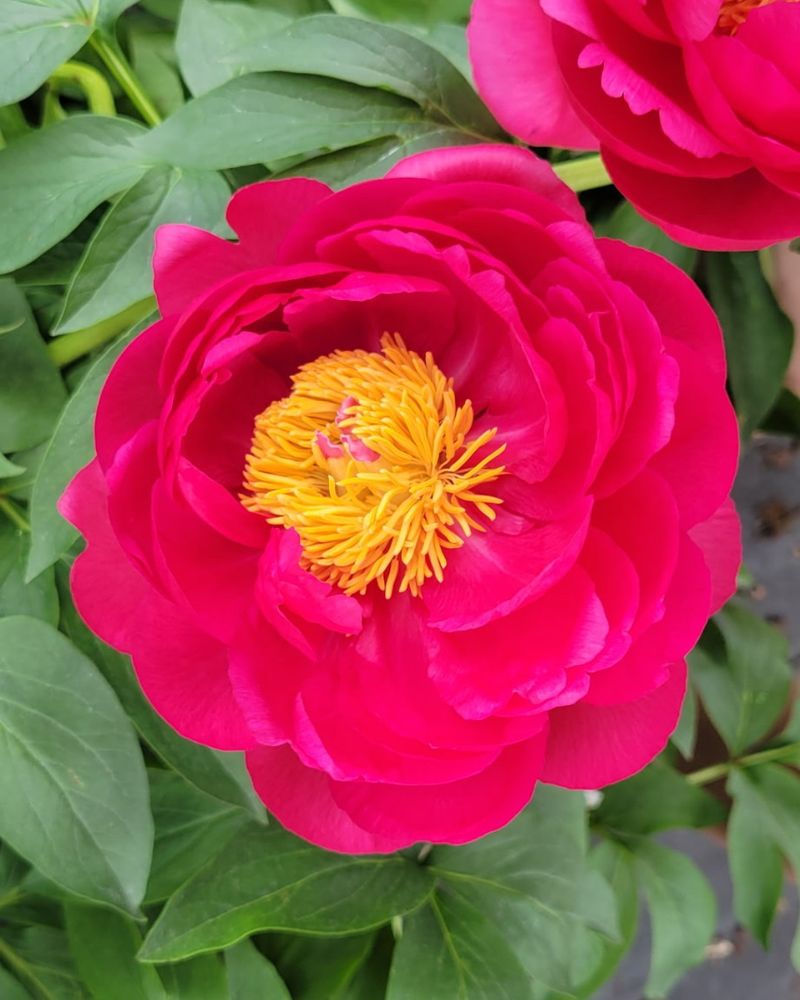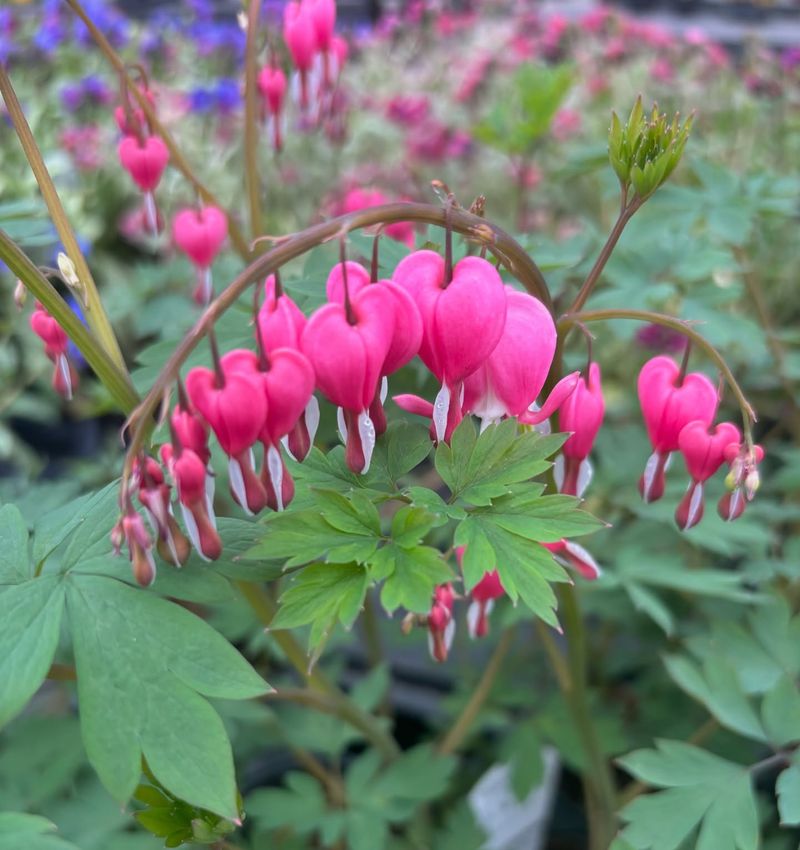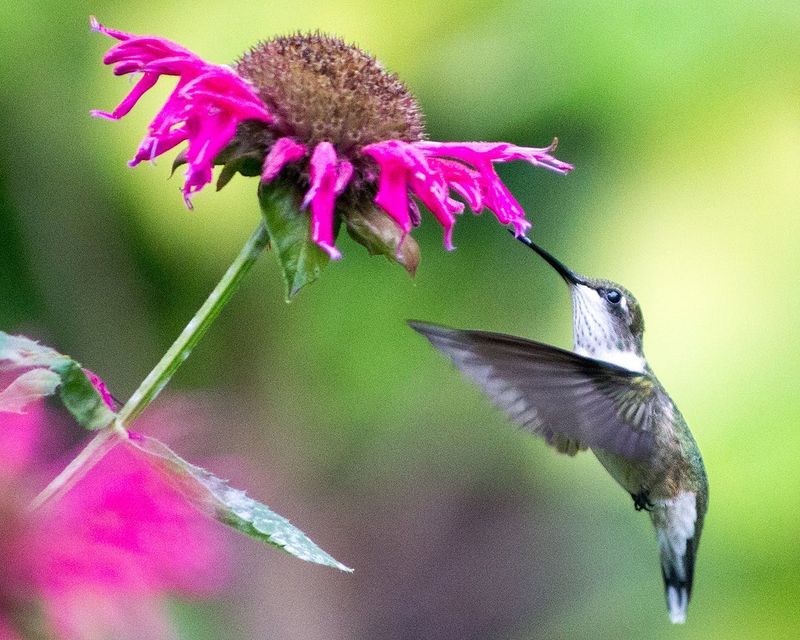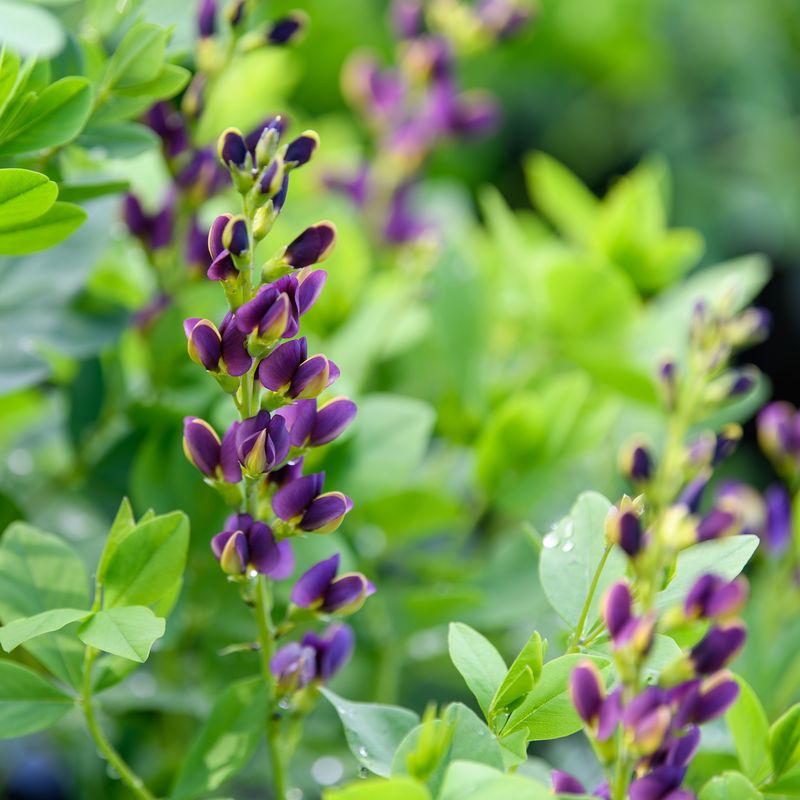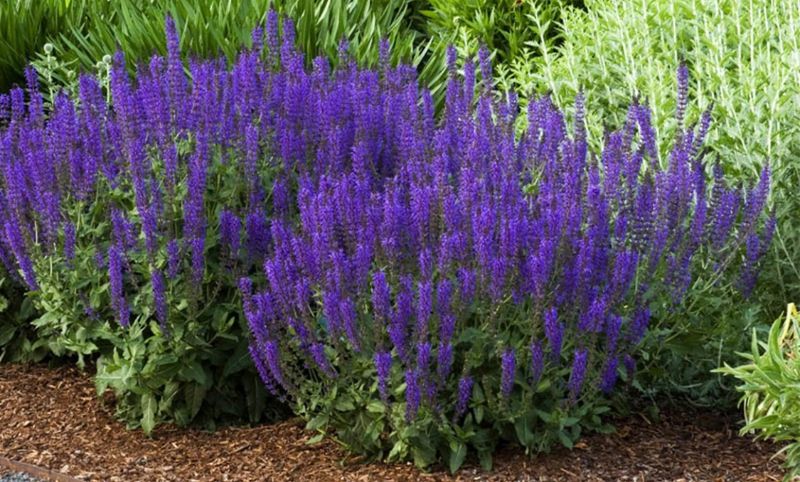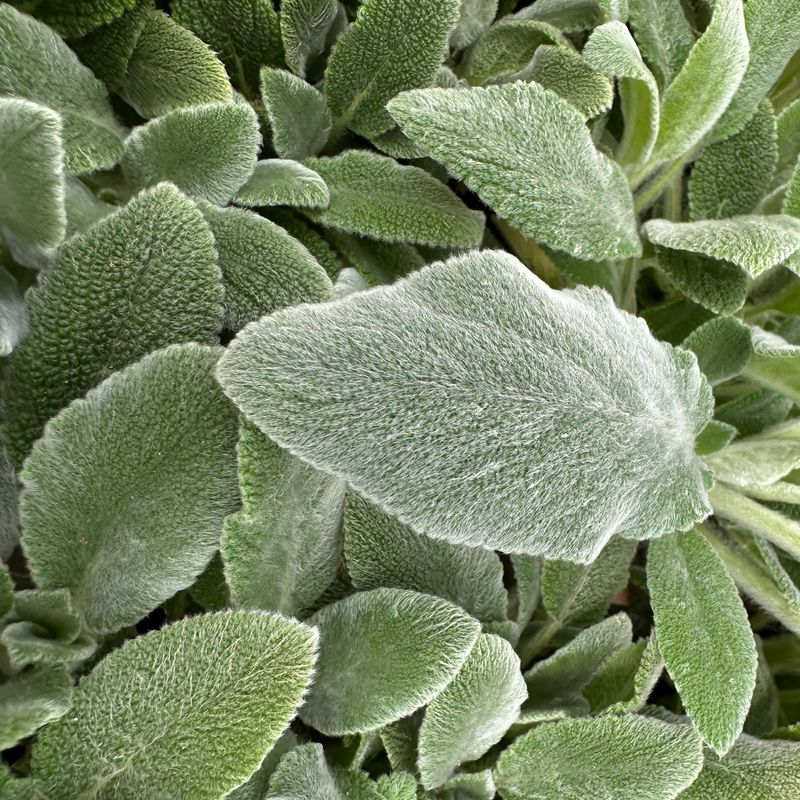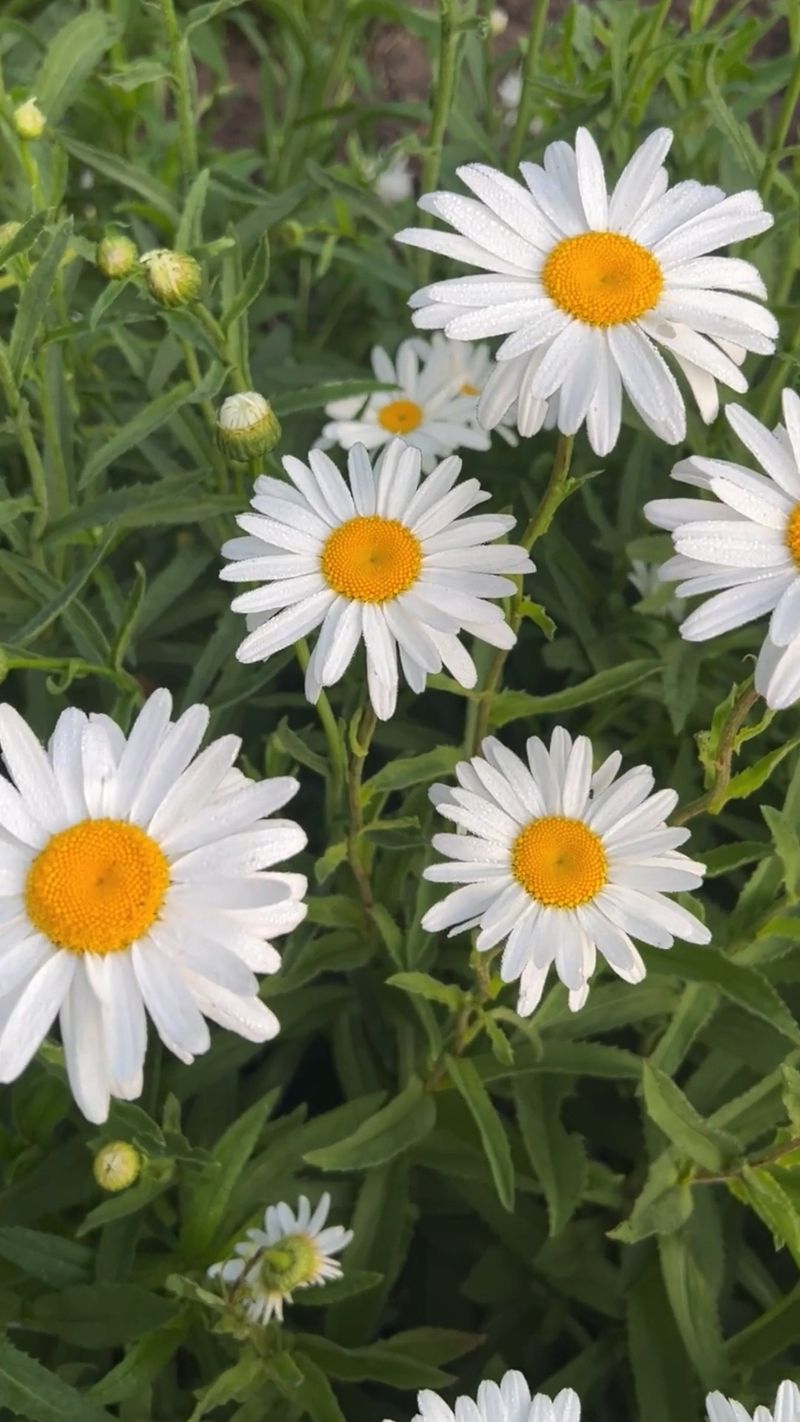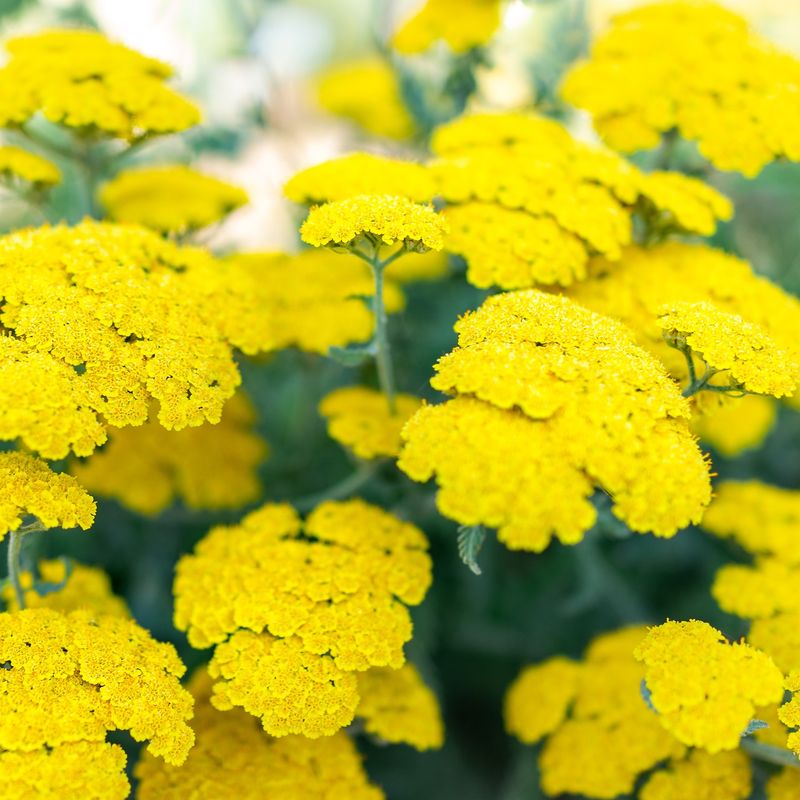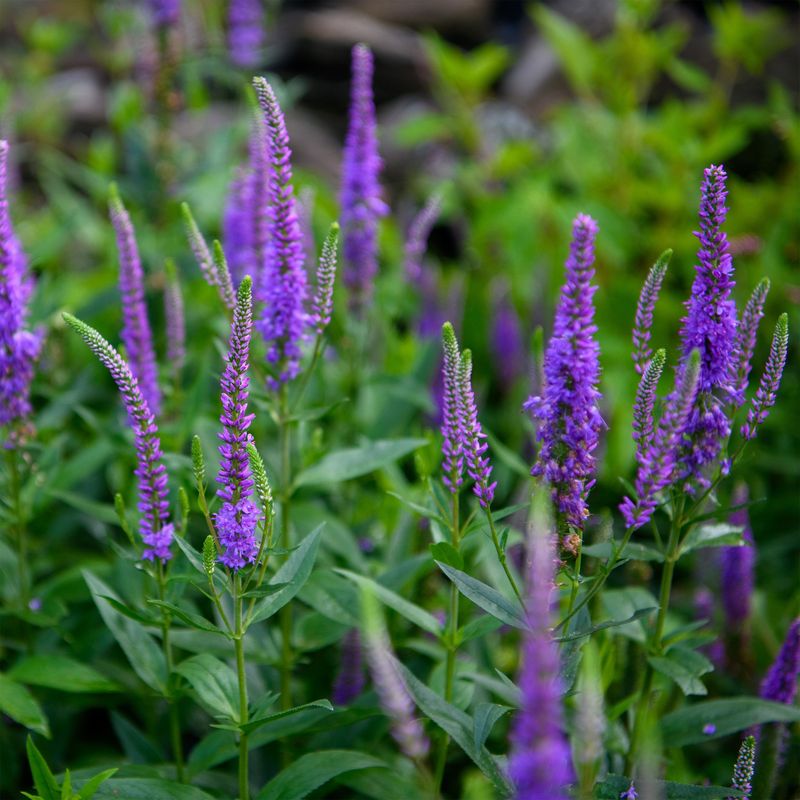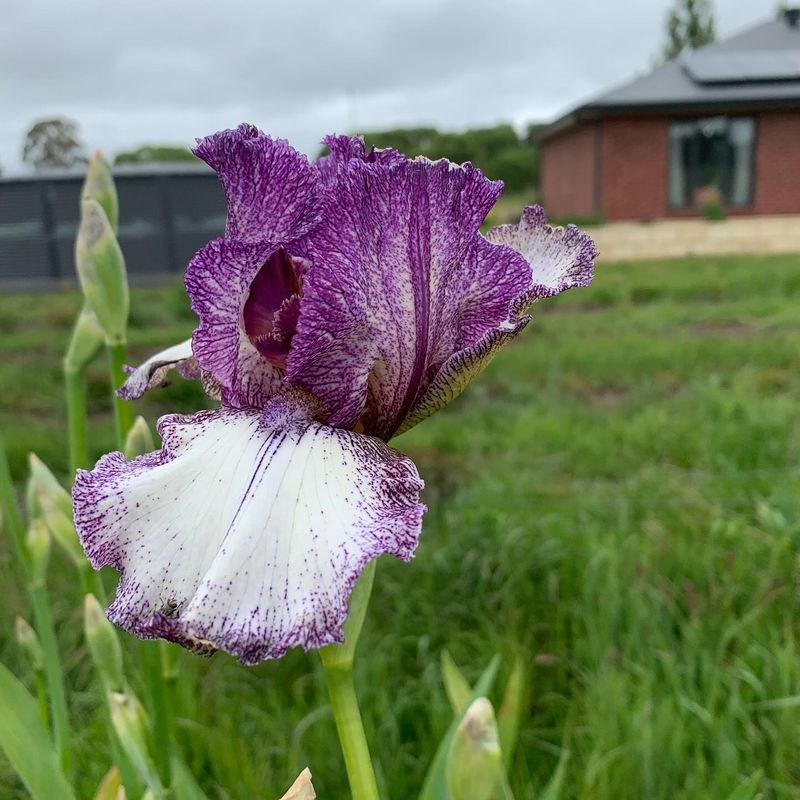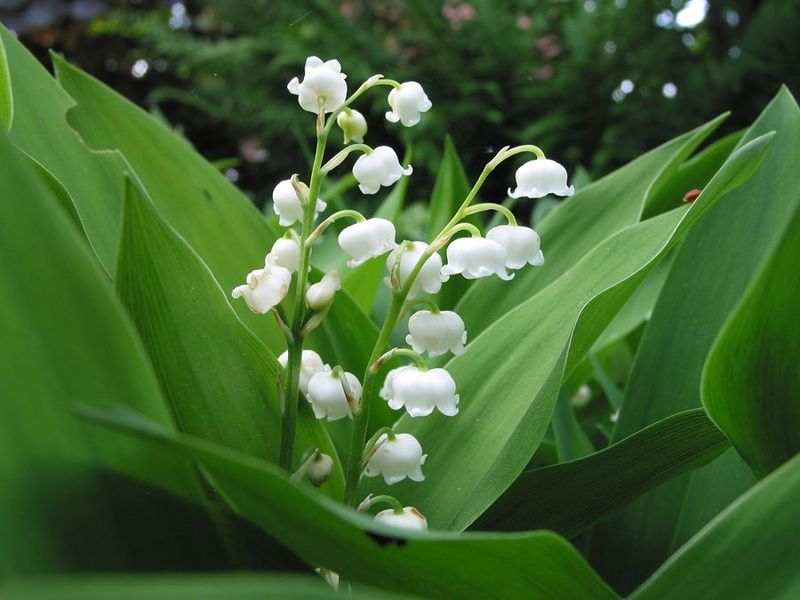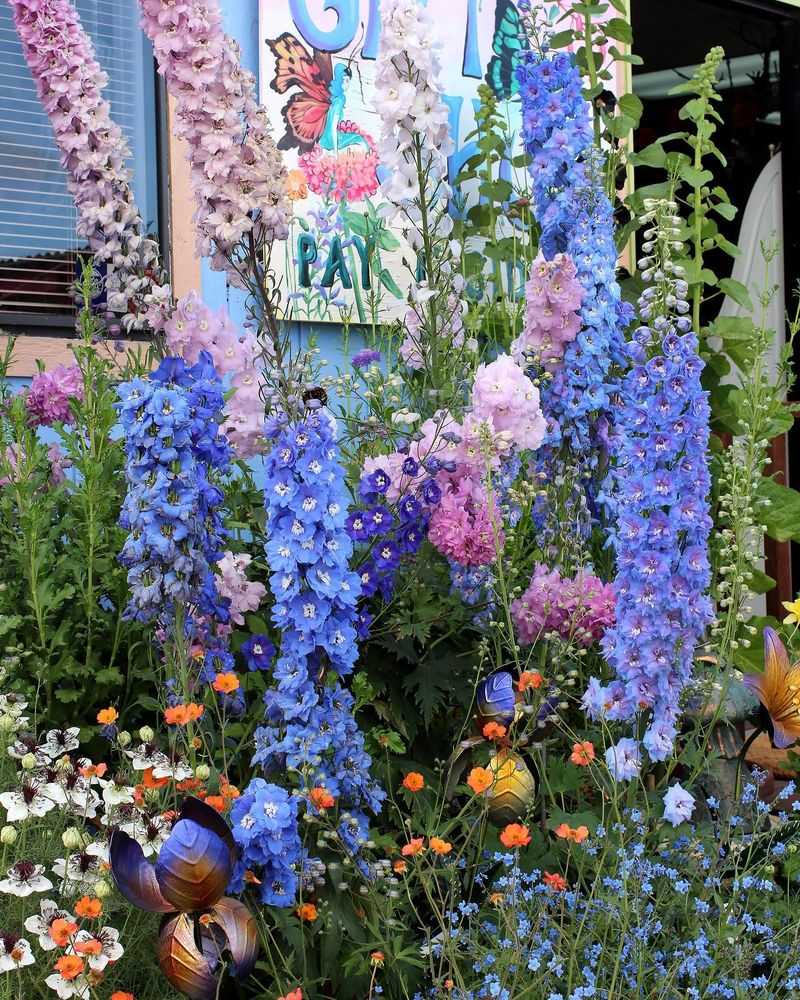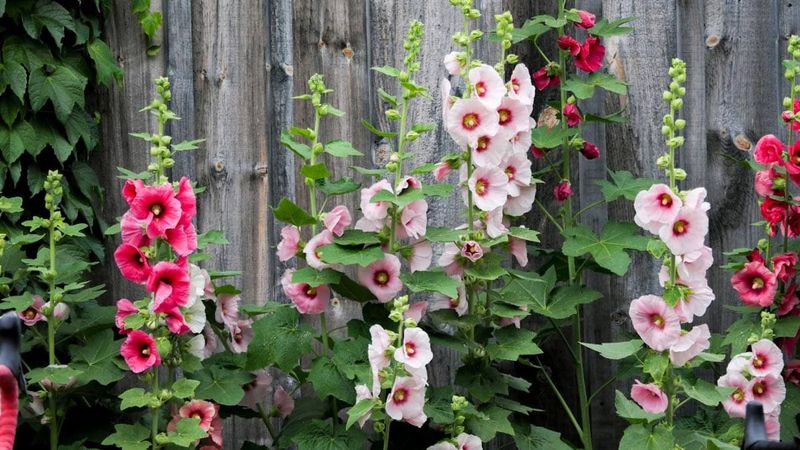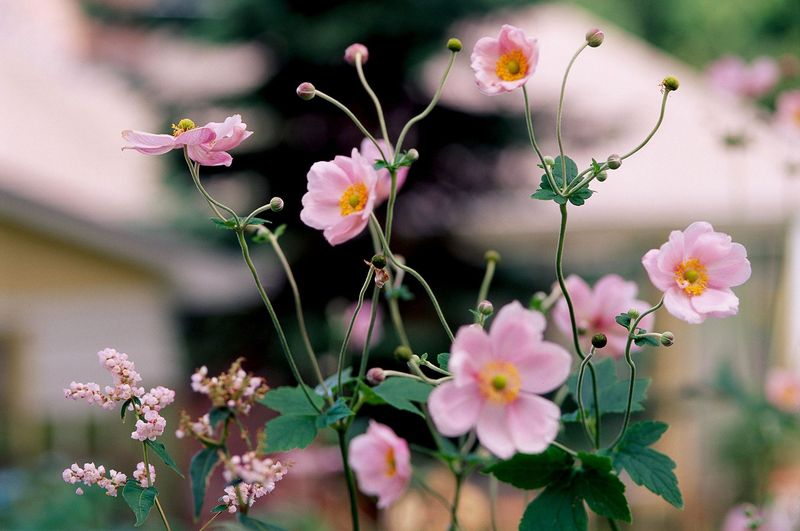Gardening should bring joy, not endless chores and disappointment. The right perennials can create a beautiful landscape that returns year after year without demanding constant attention, freeing you to actually enjoy your outdoor space instead of just maintaining it.
Unfortunately, not all perennials live up to their promise. Some plants look gorgeous in catalogs but turn into high-maintenance divas or simply fail to thrive in average garden conditions, leaving you with gaps where stunning blooms should be.
For me, finding perennials that don’t need constant attention has been key to keeping my garden looking decent without becoming a full-time job. After years of trial and error, I’ve discovered which plants truly deliver on their low-maintenance reputation—and which ones I’ll never waste space on again.
1. Black-Eyed Susan
Sunny yellow flowers with distinctive dark centers make Black-Eyed Susans instant mood-lifters in any garden. I’ve had these cheerful natives return reliably for six years straight, even after that brutal winter when temperatures dropped to -15°F.
They bloom for weeks in late summer when many other perennials have finished their show. Drought-tolerant once established, they rarely need supplemental watering in most climates.
Butterflies flock to them, and you can let the seed heads remain for winter interest and bird food. Simply cut back the dead stalks in early spring, and they’ll return with vigor.
2. Russian Sage
Wispy clouds of lavender-blue flowers hover above silvery foliage, creating a dreamy effect from midsummer through fall. Russian sage thrives in hot, dry conditions that would kill fussier plants.
The deer and rabbits completely ignore it thanks to its aromatic foliage. After planting it along my driveway three years ago, I’ve literally done nothing but admire it.
It pairs beautifully with ornamental grasses and yellow-flowering perennials. Just give it full sun and well-drained soil, then step back and watch it perform year after year with almost zero intervention.
3. Coneflower
Native coneflowers bring months of colorful blooms followed by architectural seedheads that feed finches through winter. The classic purple varieties have proven most reliable in my garden, returning stronger each year while newer fancy hybrids sometimes disappear after a season or two.
Plant them where they’ll get at least 6 hours of sun daily. They’ll handle clay soil and summer dry spells without complaint.
My original plants have formed impressive clumps that can be divided every few years to spread around the garden. They bloom from June until frost with absolutely no deadheading required.
4. Daylily
Practically indestructible, daylilies shrug off poor soil, drought, and neglect while producing gorgeous blooms in nearly every color except true blue. The humble orange ‘ditch lilies’ growing along country roads demonstrate just how tough these plants really are.
Each flower lasts just one day (hence the name), but established clumps produce dozens of buds on multiple stems for weeks of color. They’ll grow in full sun or part shade.
My favorites are the reblooming varieties like ‘Stella de Oro’ and ‘Happy Returns’ that offer multiple flowering cycles throughout summer. After five years, they haven’t needed dividing yet.
5. Sedum ‘Autumn Joy’
Starting as broccoli-like buds in summer, the flower heads of ‘Autumn Joy’ sedum gradually open to reveal pink blooms that deepen to rusty red by fall. The succulent foliage stays attractive all season and rarely needs supplemental water once established.
Bees absolutely cover the flowers during bloom time. Last year I counted five different butterfly species visiting on a single afternoon.
Winter interest is another bonus—the dried flower heads catch snow and look beautiful in the winter garden. Cut back the dead growth in spring when new rosettes emerge from the base. It’s been completely problem-free in my garden for eight years.
6. Catmint (Nepeta)
Clouds of lavender-blue flowers hover above aromatic gray-green foliage from late spring through summer. Newer varieties like ‘Walker’s Low’ stay compact without flopping and rebloom if sheared back after the first flush.
Catmint starts flowering weeks before most summer perennials, filling that awkward gap when spring bulbs are done but summer hasn’t quite kicked in. Deer and rabbits usually leave it alone thanks to its minty scent.
Mine grows along my front walkway where it softens the path edges and releases a pleasant fragrance when brushed against. It’s survived harsh winters, summer droughts, and my occasional neglect without missing a beat.
7. Peony
Grandmother’s garden favorite for good reason, peonies can literally outlive the gardener. Some plants have been known to thrive for 100+ years with minimal care.
Their magnificent blooms in late spring—often fragrant—make spectacular cut flowers. My oldest plants were already established when I bought my house 15 years ago, and they still produce dozens of flowers each May.
Plant them in fall with eyes (growth buds) no deeper than 2 inches below soil level in a sunny spot. They’re somewhat slow to establish but incredibly long-lived. The glossy foliage remains attractive all season even after flowering finishes.
8. Bleeding Heart
Heart-shaped pink and white flowers dangle from arching stems in early spring, creating a romantic woodland feel. Traditional bleeding hearts go dormant in summer heat—not dying, just taking a nap until next year.
They thrive in partial shade where they’ll receive morning sun but protection from hot afternoon rays. Plant hostas or ferns nearby to fill in when bleeding hearts retreat for the season.
My plants have returned faithfully for nine years without division or special care. They’re among the first perennials to emerge in spring, providing early color alongside bulbs. Deer typically ignore them, another point in their favor.
9. Bee Balm
Crowned with shaggy, colorful flowers that resemble exploding fireworks, bee balm creates summer excitement while supporting native pollinators. Hummingbirds zoom in from nowhere when these plants bloom in my garden.
Newer mildew-resistant varieties like ‘Jacob Cline’ (red) and ‘Purple Rooster’ stay clean and attractive all season. They spread gradually through underground runners to form nice colonies but aren’t aggressively invasive.
Give them average moisture and good air circulation to prevent powdery mildew. Even in my humid climate, they’ve performed beautifully with minimal care for several years, returning reliably each spring.
10. Baptisia
Lupine-like flower spikes in blue, purple, yellow or white rise above beautiful blue-green foliage that stays attractive all season. Baptisia forms a substantial shrub-like clump that can reach 3-4 feet tall and wide when mature.
It’s incredibly drought-tolerant once established thanks to its deep taproot. That same root makes it difficult to transplant, so choose its location carefully.
Mine took about three years to reach impressive size, but now it’s a commanding presence in my perennial border. Black seed pods provide additional interest in fall. Its pest-free, carefree nature makes it a standout performer year after year.
11. Salvia
Spikes of purple, blue, or pink flowers attract bees and hummingbirds while the aromatic foliage deters deer and rabbits. Perennial salvias like ‘May Night’ and ‘Caradonna’ bloom heavily in early summer, then rebloom if promptly deadheaded.
They prefer lean soil and excellent drainage—no babying with excess water or fertilizer needed. In fact, they perform better with some benign neglect.
The upright habit works beautifully in the middle of borders or as an edging along paths. My salvias have sailed through both drought and rainy seasons without complaint, maintaining their good looks and reliable flowering for at least six years.
12. Lamb’s Ear
Velvety silver foliage that begs to be touched makes Lamb’s Ear perfect for garden edges where visitors can appreciate its unique texture. Kids especially love running their fingers over the soft, fuzzy leaves.
It forms a low-growing mat that gradually spreads to suppress weeds. The variety ‘Big Ears’ offers especially large, dramatic leaves, while ‘Silver Carpet’ rarely flowers, focusing energy on beautiful foliage instead.
Exceptionally drought-tolerant, Lamb’s Ear thrives in poor soil as long as drainage is good. It’s stayed lush and attractive in the hot, dry strip along my driveway for years with zero supplemental water or care.
13. Shasta Daisy
Classic white daisies with sunny yellow centers bring cheerful simplicity to the summer garden. Their strong stems make them excellent cut flowers that last over a week in vases.
Most varieties stay under 2 feet tall, fitting easily into the middle of perennial borders. They bloom for weeks in early to midsummer, with some varieties offering a repeat performance in fall if deadheaded.
Full sun and average garden soil are all they need to perform beautifully year after year. My original plants have formed substantial clumps that can be divided every 3-4 years to create more plants or rejuvenate older ones.
14. Yarrow
Flat-topped flower clusters in yellow, pink, red, or white stand above ferny, aromatic foliage from early summer into fall. Modern yarrow varieties hold their color longer without fading and maintain an upright habit without staking.
Practically indestructible, yarrow thrives in hot, dry sites where other perennials struggle. It attracts beneficial insects while deer and rabbits leave it alone due to its strong scent.
Cut spent flowers to encourage rebloom, or leave them for winter interest and bird food. My ‘Moonshine’ yarrow with its silvery foliage and lemon-yellow flowers has been a carefree performer for seven years, even surviving being accidentally stepped on numerous times.
15. Speedwell
Spikes of tiny blue, purple, pink or white flowers rise above neat mounds of glossy green foliage in early summer. Speedwell blooms for weeks, attracting butterflies and pollinators while requiring minimal care from the gardener.
Shorter varieties like ‘Georgia Blue’ make excellent groundcovers, while taller types like ‘Sunny Border Blue’ work beautifully in the middle of perennial borders. They all prefer full sun but tolerate light shade in hot climates.
Simply cut back spent flower stalks to encourage rebloom. My speedwell patches have gradually expanded into substantial clumps that reliably return each spring, filling in spaces between showier perennials.
16. Bearded Iris
Dramatically ruffled flowers in nearly every color of the rainbow make bearded iris a spring showstopper. Their sword-like foliage provides vertical accent even when not in bloom.
Plant the rhizomes just barely covered with soil in full sun. They’ll gradually form clumps that need division every 3-4 years to maintain vigorous blooming.
Deer and rabbits typically avoid them, and they’re incredibly drought-tolerant once established. My grandmother’s purple irises have been divided and shared through three generations of gardeners in my family, proving just how enduring and easy these classic perennials can be.
17. Lily Of The Valley
Tiny, fragrant white bell-shaped flowers dangle above glossy green leaves in spring, creating a woodland carpet that thrives in shade. The sweet perfume will stop you in your tracks when in bloom.
Once established, lily of the valley spreads gradually to form a dense groundcover that suppresses weeds. It’s perfect for difficult spots under trees where grass won’t grow.
Be aware it can spread enthusiastically over time—plant it where its wandering habits won’t be a problem. The plants in my north-facing side yard have created a lush green carpet that needs zero maintenance and looks beautiful all season long.
18. Delphinium
Gorgeous spires of blue, purple, pink or white flowers create vertical drama in the garden, but the beauty comes at a steep price. Delphiniums demand rich, moist, perfectly-drained soil and regular feeding to perform well.
They’re short-lived even in ideal conditions, often declining after just 2-3 years. Staking is almost always necessary to prevent the tall flower spikes from toppling in wind or rain.
Slugs and snails devour young growth in spring, requiring vigilant protection. After multiple disappointing attempts, I’ve relegated these temperamental beauties to the “admire in other people’s gardens” category rather than fighting their finicky nature in my own.
19. Hollyhock
Towering flower spikes covered with papery blooms evoke cottage gardens of yesteryear, but hollyhocks come with significant drawbacks. Technically short-lived perennials, they often behave more like biennials, not blooming until their second year, then declining rapidly thereafter.
Rust disease inevitably disfigures the foliage by midsummer, creating unsightly brown-spotted leaves that can spread infection to other plants. Japanese beetles find them irresistible, turning the flowers into skeletonized remnants.
Despite trying multiple preventive measures over several years, I’ve never had hollyhocks that looked good past early July. They’re simply not worth the garden space or effort.
20. Japanese Anemone
Ethereal pink or white flowers dancing on wiry stems in late summer sound perfect for extending the garden season. The reality is far less charming.
Once established, Japanese anemones spread aggressively through underground runners, popping up yards from the original plant and infiltrating neighboring perennials. Their roots are nearly impossible to fully remove, with even tiny fragments regenerating into new plants.
They’re also maddeningly slow to establish, often sulking for years before blooming, only to become garden thugs thereafter. After spending three seasons trying to eradicate them from my border, I’ve learned my lesson about these deceptively innocent-looking invaders.

